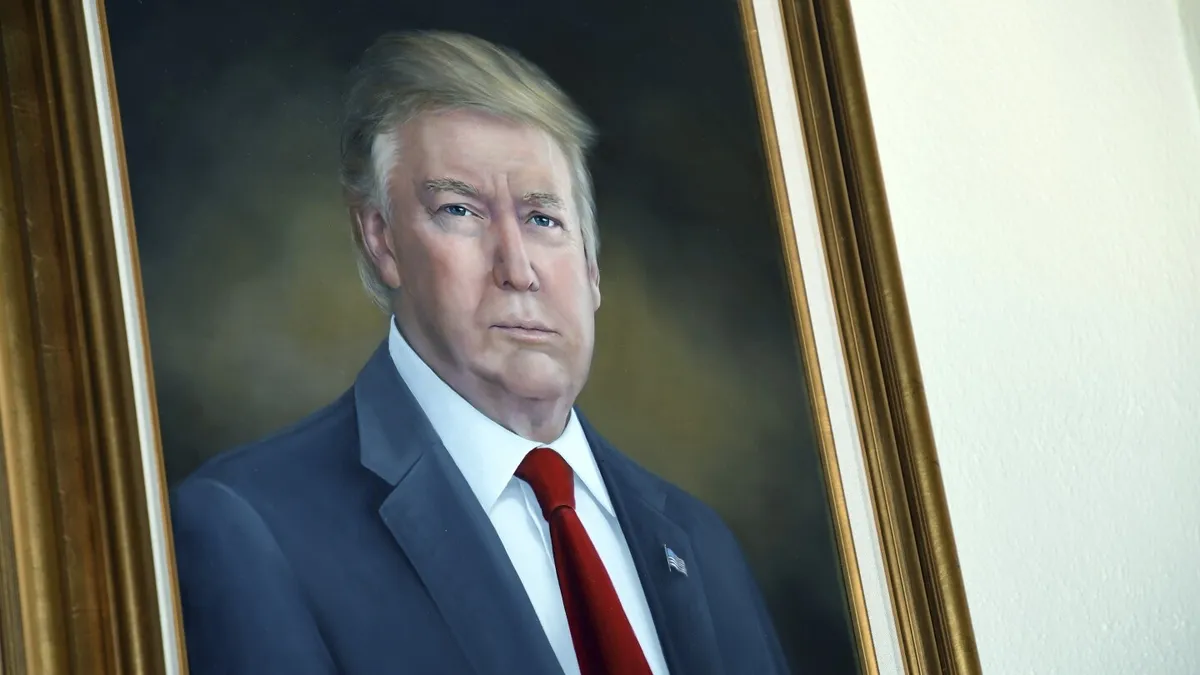
In a surprising turn of events, former President Donald Trump has called for the removal of his portrait from the Colorado State Capitol. This demand comes after Trump received numerous complaints regarding the artwork, which he claims is “purposefully distorted.” The portrait, an oil painting created by artist Sarah Boardman, was unveiled in 2019 during Trump’s first term in office.
The commissioning of Trump's portrait was a notable effort by Colorado Republicans, who raised more than $10,000 through a GoFundMe campaign. Boardman, who is also known for painting the portrait of former President Barack Obama in the Capitol, aimed to create an apolitical representation of both leaders. When the portrait was first unveiled, Trump praised Obama's depiction, stating, “he looks wonderful,” while implying that Boardman's artistic skills may have waned over time.
In a post on his Truth Social platform, Trump expressed his discontent with the Colorado portrait, stating, “Nobody likes a bad picture or painting of themselves.” He further criticized the artwork, claiming it was “distorted to a level that even I, perhaps, have never seen before.” Despite Trump’s demands, the portrait remained in place as of Monday morning.
In response to Trump's comments, Shelby Wieman, a spokesperson for Colorado Governor Jared Polis, expressed surprise at the former president's interest in the state's artwork. Wieman stated, “We appreciate the President and everyone’s interest in our Capitol building and are always looking for any opportunity to improve our visitor experience.” This response underscores the ongoing dialogue about how political figures are represented in public spaces.
The controversy surrounding Trump’s portrait in the Colorado State Capitol highlights the complex relationship between politics and art. As discussions continue, the fate of the portrait remains uncertain, leaving many to wonder how political figures will navigate their representation in historical contexts. Stay tuned for updates on this evolving story.
This article was reported by Bedayn, a corps member for the Associated Press/Report for America Statehouse News Initiative, a nonprofit program dedicated to placing journalists in local newsrooms to cover underreported issues.